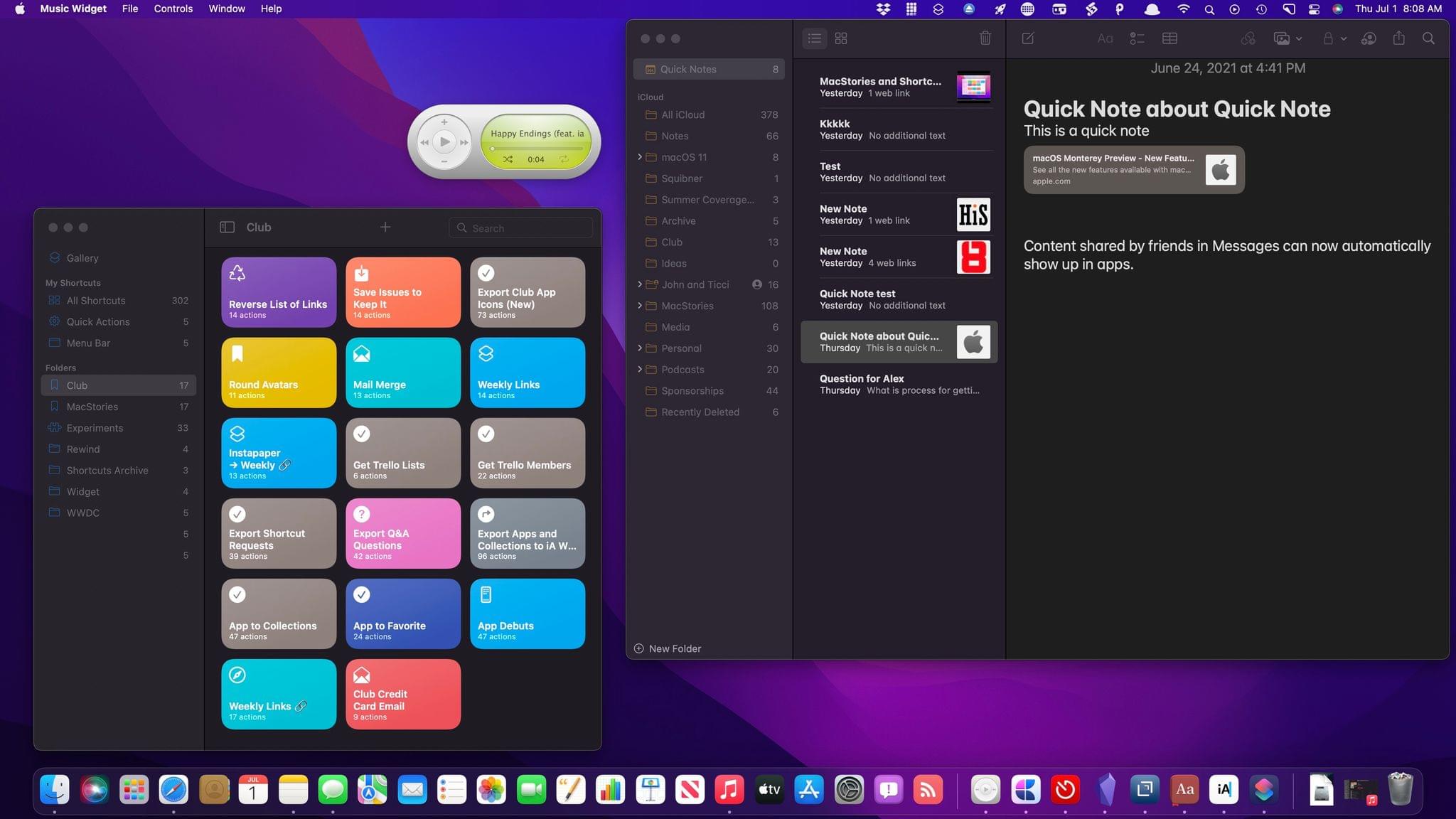

The system displays the Node.js version as the output of the command. When the installation finishes, confirm that you successfully installed Node.js by checking its version: node -v. For this tutorial, we want three Node versions running on our machine. After this installs, it will automatically set the default Node version to the LTS that we just downloaded. Homebrew downloads and installs the dependencies. This is done by running nvm install -lts, which produces the below screen: We now have npm version 8.1.0 as well. To install a package and save it in your project's package. Type the following command to install Node.js and NPM: brew install node. To install a package: npm install # Install locally Nvm alias default node # set the installed stable version as the default Node Nvm ls-remote # list all the Node versions you can install Run the following command in Terminal: brew install nvm Follow the post-installation steps Homebrew specifies to ensure that you can start using it. Nvm use node # use stable as current version Nvm install node # install most recent Node stable version Then download Node and select your version by running: source ~/.bashrc # source your bashrc/zshrc to add nvm to PATH command -v nvm # check the nvm use message Installation Using Homebrew brew install nodeĭownload and install nvm by running: curl -o- | bash Node.js is a JavaScript runtime built on Chrome's V8 JavaScript engine.


 0 kommentar(er)
0 kommentar(er)
